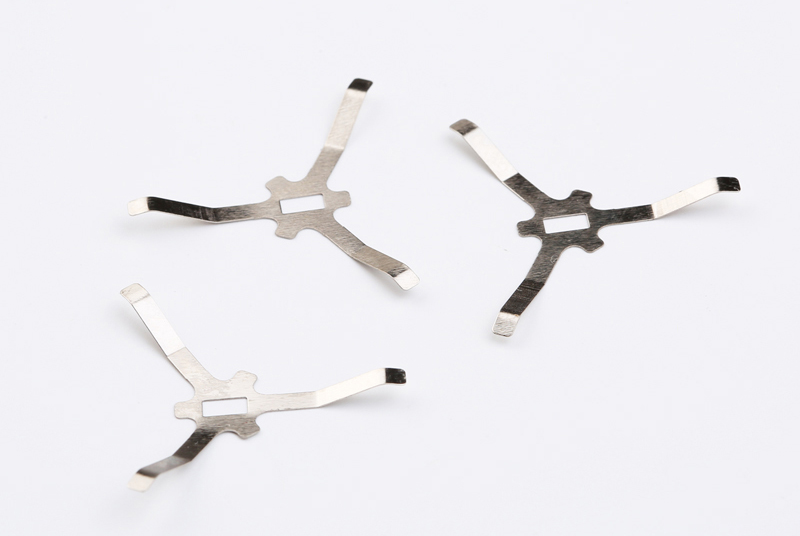In lathe machining, vibration (commonly known as "chattering") of large long shaft parts is a common and tricky problem. It not only affects the surface finish of the machined part, causing obvious chatter marks and reducing product quality, but also accelerates tool wear and even damages machine tool accuracy. To effectively solve this problem, comprehensive measures must be taken from multiple dimensions: workpiece, cutting tools, cutting parameters, and the process system.

1. Optimize Workpiece Clamping and Auxiliary Support
Insufficient rigidity of the workpiece is the main cause of vibration. For large long shafts, the "one chuck one center" clamping method should be prioritized—clamping one end with a chuck and supporting the other end with a tailstock center. The tightening force of the center must be moderate: too loose will result in insufficient support, while too tight may cause the workpiece to bend. When the length-to-diameter ratio is too large, a steady rest or follower rest must be used to provide additional auxiliary support, minimizing the overhang of the workpiece. This is a key step in suppressing vibration.
2. Reasonably Select and Clamp Cutting Tools
For cutting tools, under the premise of meeting machining requirements, choose a shorter and thicker tool holder with better rigidity as much as possible. Appropriately increasing the tool's main deflection angle (e.g., using a 90° or 95° main deflection angle turning tool) helps reduce radial cutting force, thereby lowering the tendency to cause vibration. At the same time, ensure the tool overhang is as short as possible during installation and strictly align it with the center height to maximize the tool's own rigidity.

3. Scientifically Adjust Cutting Parameters
Adjusting cutting parameters produces immediate results. When vibration occurs, the first step is to appropriately reduce the spindle speed. Although this seems counterintuitive to improving efficiency, avoiding the specific resonant speed range of the machine-tool-workpiece system can often eliminate vibration quickly. Secondly, the cutting depth can be reduced and the feed rate appropriately increased—this changes the frequency and magnitude of the cutting force, helping the process system escape the unstable vibration range.
4. Inspect and Improve the Overall Rigidity of the Process System
Finally, attention must be paid to the internal state of the entire process system. Check whether there are gaps in various parts of the machine tool (such as guide rails, slides, and spindle bearings) and adjust them in a timely manner. Confirm whether the fit between the center and the center hole is good, and repair if necessary.
In summary, solving the vibration problem in large long shaft turning is a systematic project. Only by strengthening workpiece support, optimizing tools, adjusting parameters, and ensuring machine tool conditions—using multiple approaches simultaneously—can vibration be effectively controlled and stable, efficient precision machining be achieved.